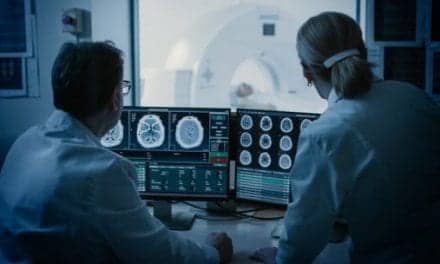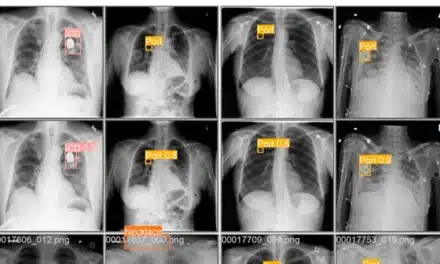Philips Healthcare’s new EP navigator offering promises a new approach to 3D rotational angiography, providing real-time anatomical details of cardiac LA-PV structures with significantly enhanced workflow.
Under the terms of a new agreement with Biosense Webster, Philips plans to offer integration of Philips Allura x-ray images with the CartoAlara module of Biosense Webster’sCarto 3 Electroanatomical Mapping System.
Philips’ EP navigator system provides an alternative to pre-procedural CT/MR imaging to obtain LA-PV anatomy. Obtaining 3D rotational images can be challenging when treating large patients or performing procedures under general anesthesia. Philips’ new EP navigator supports an optimized 3D rotational scan that significantly enhances the workflow for these procedures by removing barriers encountered in the traditional workflow. In addition, the optimized 3D rotational scan requires less radiation exposure to capture the 3D image, as it uses a shortened trajectory of 159 degrees versus 240 degrees for the traditional scan.
Philips EP navigator already supports integration of the LA-PV anatomy obtained through 3D rotational scans into Biosense Webster’sCarto 3 Mapping System. By unifying registered Philips x-ray images into Carto 3 System maps, enhanced anatomical detail and orientation can be achieved within a single view.




